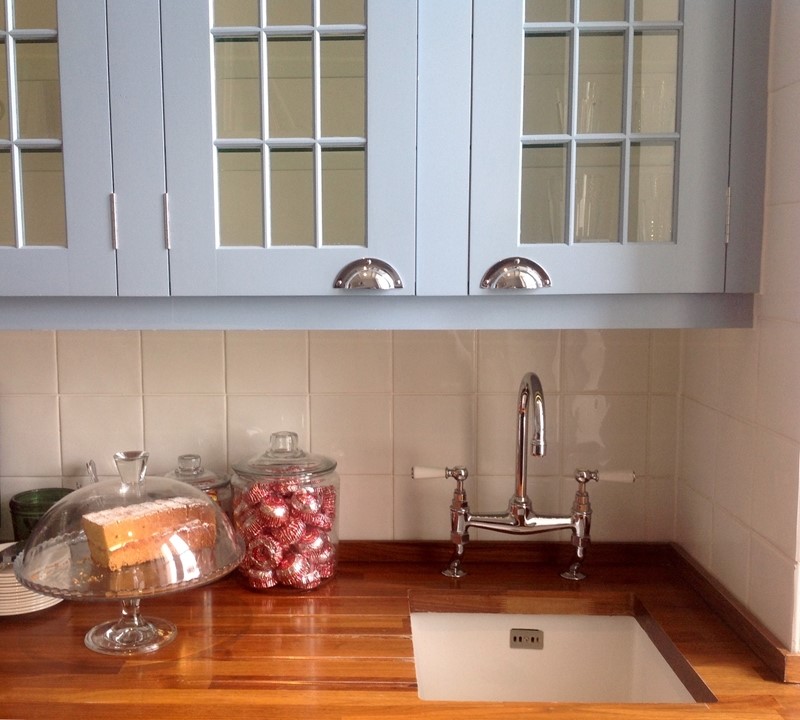
Impact of Consumer Habits on Cabinet Manufacturing
Home remodeling can serve utilitarian purposes as well as personal aesthetics. Because of this, market success for businesses that produce kitchen cabinets, bathroom fixtures, doors, and windows is highly contingent on consumer trends. Let’s examine a few recent consumer developments that could affect cabinetry production.
Is housewares rightly hesitant to dive into millennial marketing?
Strong growth in the housewares sector typically aligns with growth in the housing market. After all, if people buy homes they’re more likely to spend on appliances and fixtures. According to the Kitchen Cabinet Manufacturers Association, cabinetry has seen steady sales increases over the last two years, 8.5 percent since 2014. KCMA cites a recovering housing market as a remarkable catalyst for those gains.
That said, some naysayers will point out low home buying on behalf of millennials as grounds to be wary. After all, if population estimates from the U.S. Census Bureau hold true, millennials surpassed baby boomers in size in 2016, making them the largest and perhaps most lucrative consumer opportunity for businesses. However, as home buying rates continue to stay low among younger consumers, how can manufacturers in the housewares sector expect to justify innovation tailored toward the next generation?
The truth is, everyone loves a bargain – increasing operational efficiency at your facility could ultimately benefit unit pricing in a way that’s beneficial to distributors (and thus customers) without impacting profit margins. An excellent method for innovating that will pair well with this idea is investment into simple, perhaps unfinished, contemporary designs made from eco-conscious materials like recycled particle board or low-VOC finishes and adhesives. Going au naturale also reduces processing requirements for manufacturers.
Productivity gains through equipment require training and proactive maintenance
Although housewares continues to see sales growth – even though market factors could, at any time, pull the decorative Oriental rug out from under its manufacturers – businesses should not invest in productivity-centered capital-intensive assets without first allotting proper consideration for processes which bolster equipment reliability. With so much riding on customer service these days, unforeseen complications could do a number on a business’s ability to meet expectations.
Paul Downs, founder of Paul Downs Cabinetmakers, shared his cautionary tale regarding asset management with The New York Times back in 2011. His lesson bears repeating. Downs was able to integrate a high-capacity splicer and veneer-gluing machine onto his production line and increase monthly sales by about 42 percent, but only after learning how to overcome complex setup issues and convincing operators of their importance, which took considerable time and effort. But in the end, it was obviously worth it.
No investment happens in a vacuum, an integration may be a much higher hurdle than sticker price. So, cabinetmakers thinking about redirecting their recent windfall toward new assets, establish an asset management and implementation plan first, lest your purchase get the better of you.

New cabinet styles could disrupt materials procurement for cabinetmakers.
Mismatched cabinetry could impact portfolio and materials
Uniform cabinetry is passe. According to the Woodworking Network, many homeowners shopping for cabinetry today express interest in mixing different styles of cabinets in their kitchens. Different materials, wood species/products, stains, even colors – everything is fair game, and from a manufacturing perspective, such boundless variety could have a noteworthy impact on not only production, but inventory management.
With every product portfolio expansion, manufacturers can expect additional time spent on changeovers unless facility supervisors drill best practices:
- Create/augment a standardized system for equipment changeover
- Train all equipment operators on the same methodology
- Emphasize reasons the standard trumps alternatives
- Collect and analyze operational data to confirm adherence
Furthermore, with more customers picking and choosing their own cabinet styles product by product, manufacturers ought to anticipate a slight leveling between materials needed to produce top sellers and more exotic offerings. Theoretically, this model for change follows the same course as other home remodeling trends like “accent walls” in the paint industry. As more consumers follow the fold and spice up plain-colored rooms with a splash of color on one wall, hardware stores stocking paint will see customers reach for smaller cans of neutral paints and more colorful options that hadn’t sold well in the past. Thus, demand shifts.
But while many paint producers have passed the challenge onto their distributors by way of in-store paint mixing stations, cabinetry cannot – especially when customers aren’t just mixing colors, but base materials. Popular cabinetry woods like oak and cherry may see slight reductions in demand while other less popular materials receive slight boosts. It’s up to manufacturers to consult inventory specialists to see how procurement should respond, not just to wood, but to bonding and curing agents as well.
Cabinet manufacturers, as well as other housewares segments, should always consider how the latest interior design trends might impact their operations down the road and work to preempt adverse effects to customer service and line efficiency.





